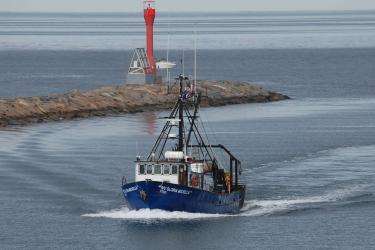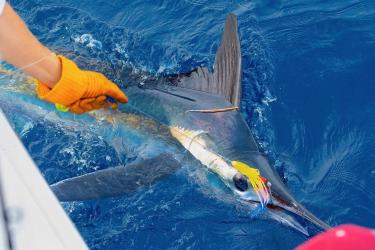In order to meet renewable energy goals, offshore wind energy development is rapidly ramping up in U.S. waters. A variety of endangered whale species and many other protected marine species frequent these same waters. Understanding the effects of human activities present more complex challenges.
Passive acoustic monitoring is one of several methods for monitoring the presence of species, mitigating risk, and evaluating potential behavioral and distributional changes resulting from offshore wind activities. Regulatory communities and industry expressed a need for more detailed information on available PAM capabilities and techniques to promote efficient, consistent, and meaningful data collection efforts.
NOAA and the Bureau of Ocean Energy Management have created recommendations to support this need. These recommendations may also aid the development of project-specific PAM plans by identifying important components for inclusion while promoting consistency across plans. They provide the minimum set of procedures and system requirements needed when designing PAM plans. NOAA Fisheries may require additional regulatory measures related to PAM during offshore wind construction and operation.
The recommendations provide an initial guide for stakeholders. Approaches to PAM will evolve as future studies focus on different regions, and as scientific publications or other relevant information becomes available.




